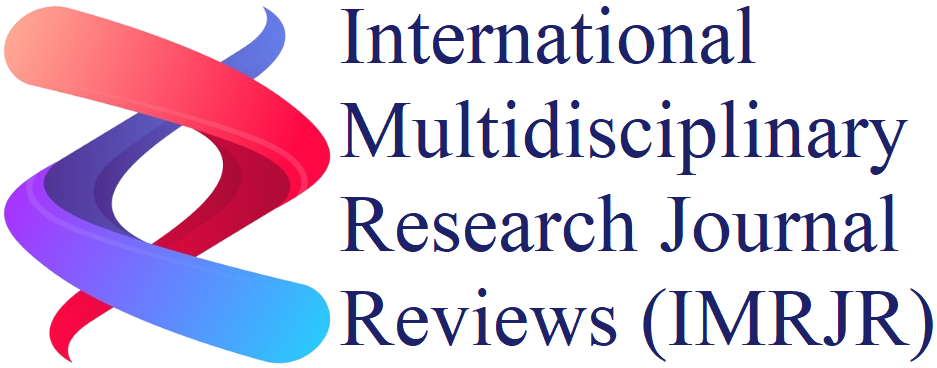Abstract: Sexual desire has long been a subject of debate, often clouded by societal myths and stereotypes. One of the most persistent misconceptions is that men have a greater need for sex than women. This paper challenges this notion by exploring the biological, psychological, and social factors that influence sexual desire in both genders. Research indicates that while testosterone plays a significant role in male libido, female sexuality is equally complex, influenced by hormonal cycles, emotional connection, and psychological factors. Studies also suggest that women may experience fluctuations in sexual desire that are not necessarily lower but rather different from men.
Additionally, societal norms and cultural conditioning shape perceptions of sexual need, often suppressing female sexuality while exaggerating male desire. In reality, both men and women have varying levels of sexual needs, which are influenced by individual personality, relationships, and life circumstances. The myth that men inherently have a stronger sex drive overlooks the diversity of human sexuality and the impact of psychological and social conditioning.
By breaking these stereotypes, we can foster a more informed and open discourse about sexual health and relationships. Recognizing that sexual desire is not a one-size-fits-all concept allows for healthier conversations and more fulfilling partnerships. This paper ultimately argues that sexual needs are highly individualized, and gender should not be the sole determinant of one's libido or sexual fulfillment.
Keywords: Sex drive in men vs. women, male vs. female libido, sexual myths, biological vs. psychological factors, intimacy and hormones, breaking sex myths, societal perceptions of sex drive.
Download:
![]() |
DOI:
10.17148/IMRJR.2025.020304
|
DOI:
10.17148/IMRJR.2025.020304
[1] Saurabh Singh, "Breaking Myths: Who Has Greater Need for Sex- Men or Women?," International Multidisciplinary Research Journal Reviews (IMRJR), 2025, DOI 10.17148/IMRJR.2025.020304

